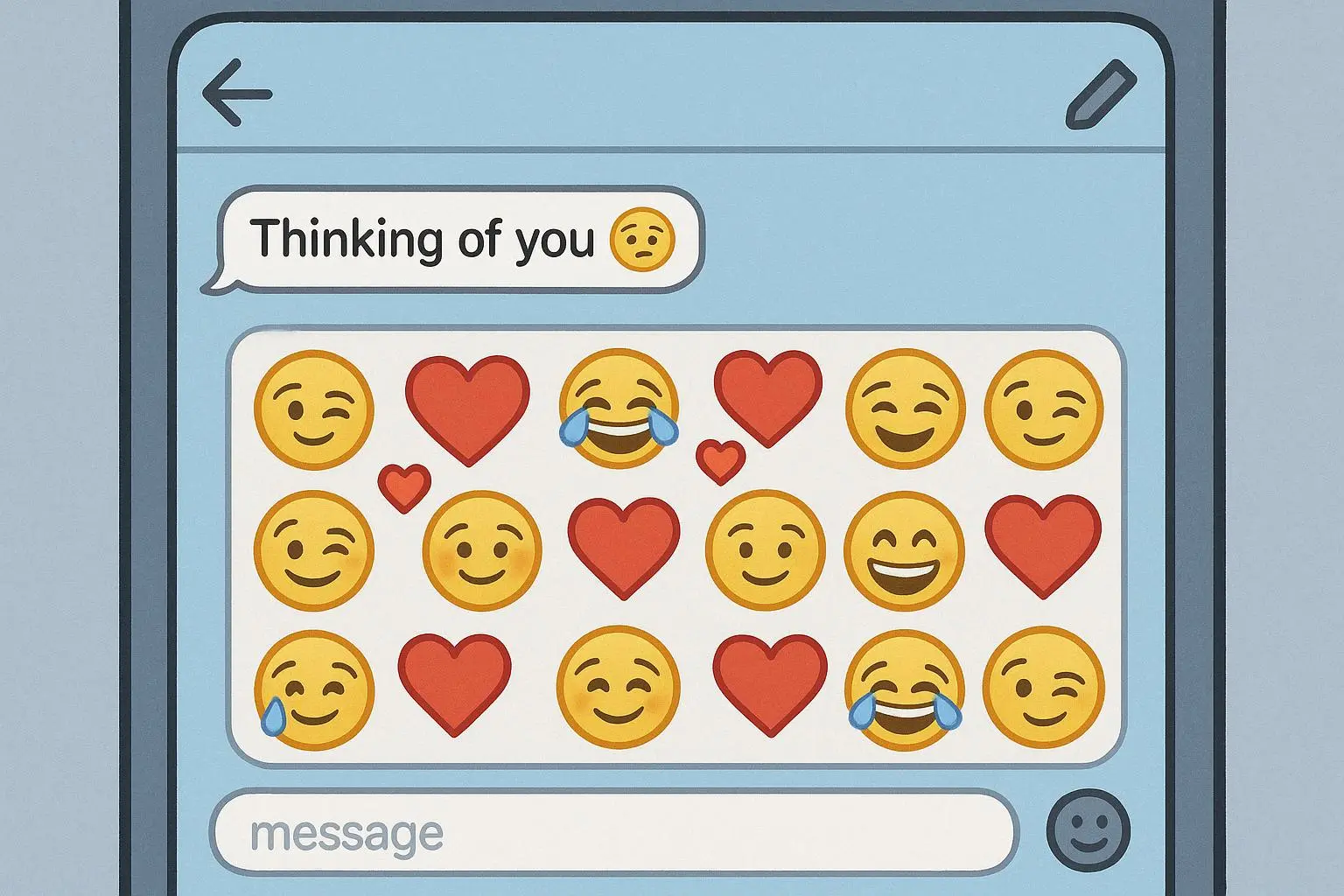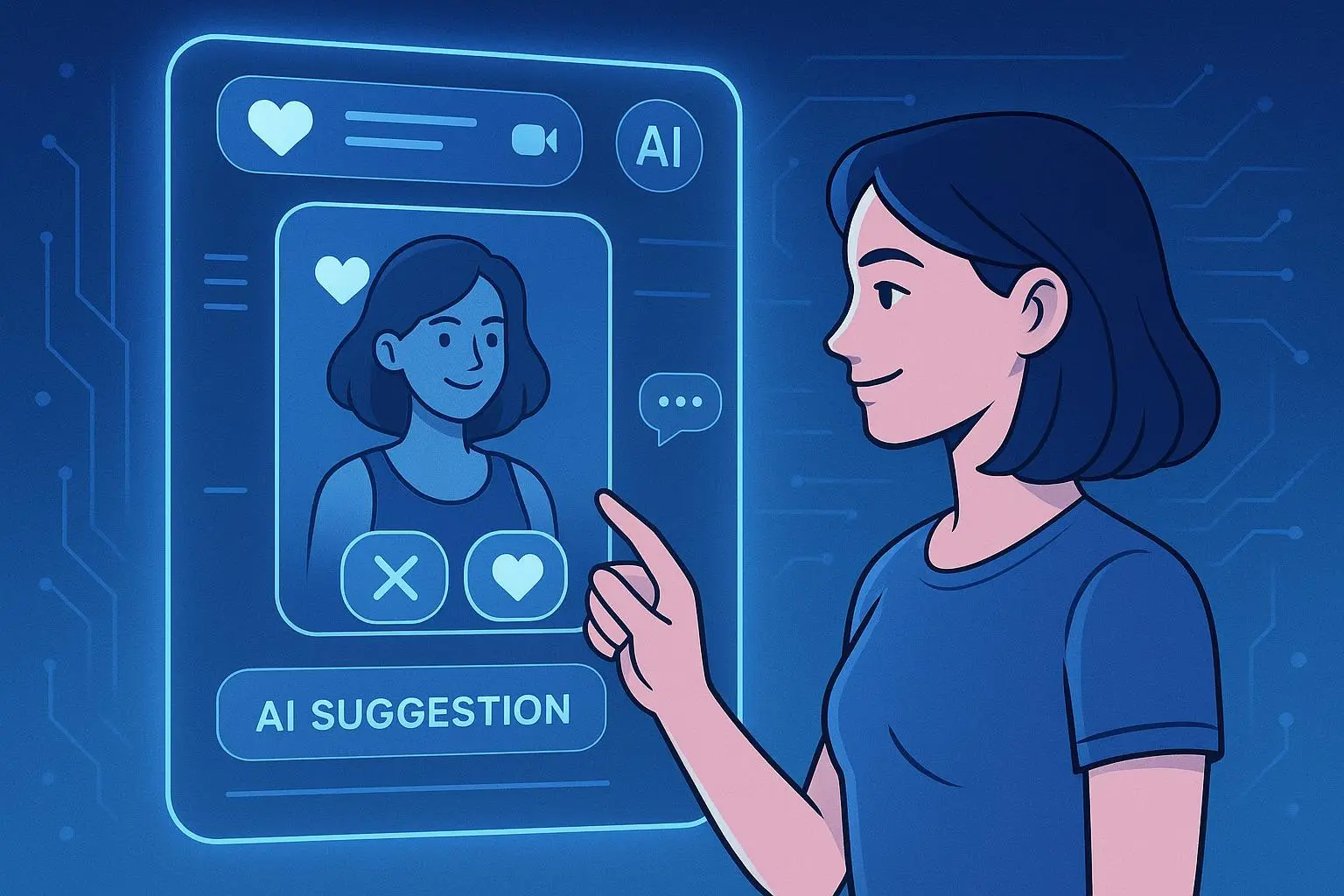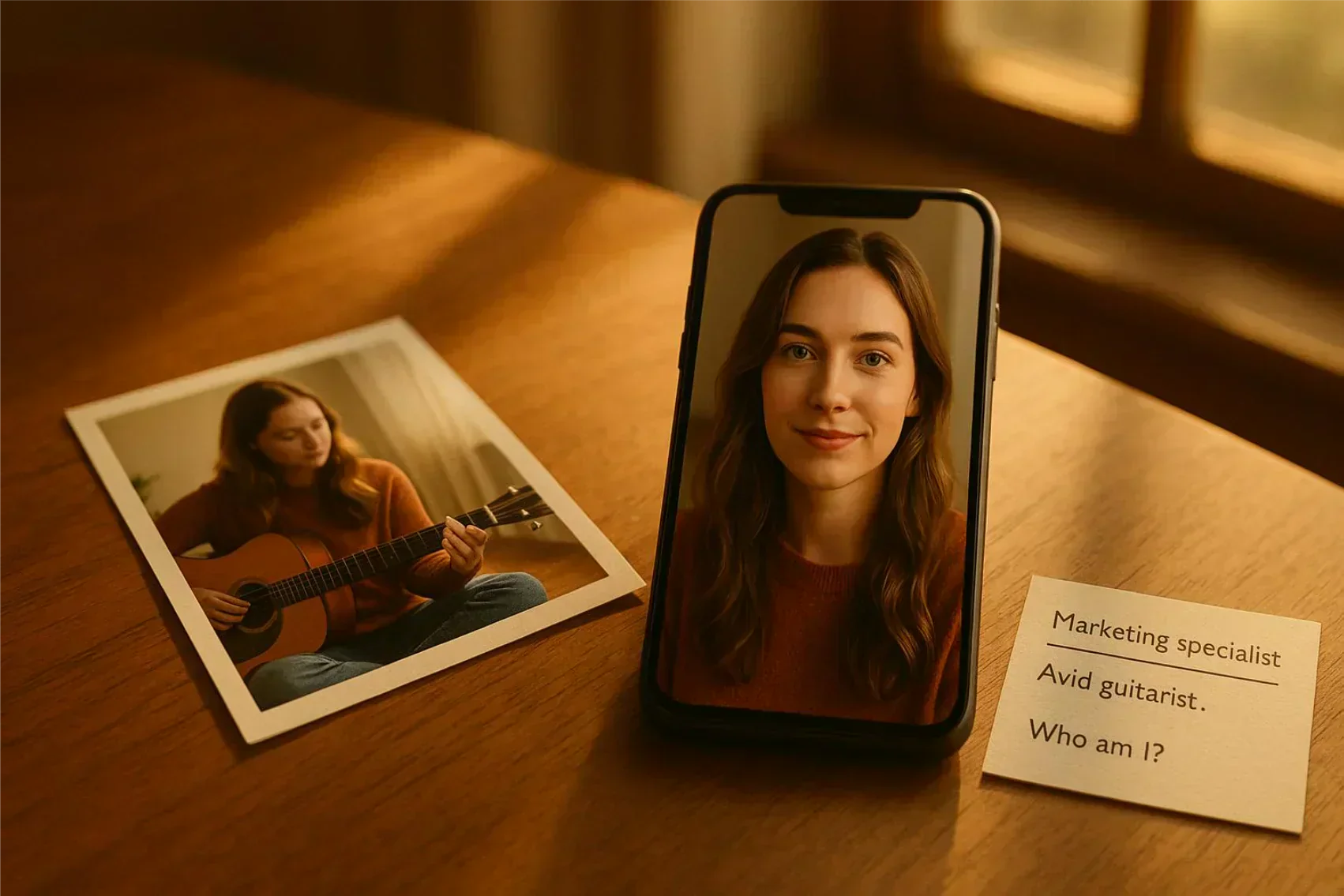
Emoji Flirting: How to Text Playfully Without Overdoing It
Published on 5/16/2025 • 9 min read
Ever sent a text and immediately regretted it because it sounded more like a business email than a flirty message? You’re not alone. I’ve been there — typing what I thought was a charming line only to realize it read flat and robotic. That’s when I started treating emojis like tiny tonal cues: small, deliberate additions that let your personality peek through the text.
In this guide I’ll act as your digital wingman. We’ll cover the golden rules, build a practical emoji arsenal for every stage of flirting, flag the ones that can wreck the mood, and weave in real examples and small experiments you can try right away. I’ll also share concrete outcomes from my own experiments: when I started using a few intentional emojis, my reply rate rose from about 30% to roughly 65%, and it helped lead to four solid dates over three months. By the end, you’ll know how to nudge a conversation from friendly to flirtatious without sounding try-hard or weird.
Why emojis actually matter (and why I care)
Texting strips away tone, facial expression, and the little gestures that make flirting feel natural. An emoji is a shorthand for a wink, a raised eyebrow, or a playful smirk. Early in my dating life, neutral messages routinely stalled conversations. Once I added small, intentional emojis, responses warmed up, and conversations became snappier.
Here’s the thing: emojis aren’t magic, but they’re persuasive. They cue emotional context, soften teasing, amplify compliments, and let you be playful in a low-stakes way. The trick is to use them with intention.
“Emojis are the vocal fry of texting: subtle, expressive, and best in moderation.”
The golden rules of emoji flirting
Before we dive into specific emojis, a few non-negotiable rules that will save you awkwardness later.
Mirror their vibe
People reveal preferences through text habits. If someone showers messages with 😂 and 💀, they likely enjoy high-energy humor. If their messages are lean and use occasional 😉 or ❤️, match that tempo. Mirroring shows empathy — it’s like matching someone’s body language in person.
Quick personal note: I once replied to a restrained texter with an emoji torrent. The chat fizzled fast. When I dialed back and matched their restraint, we built rapport and had a great first date.
Context is king
Emoji meaning shifts with context. A wink after a compliment reads flirtatious; the same wink after a serious anecdote reads dismissive. Before dropping an emoji, ask: what tone am I sending? Am I lightening a joke, acknowledging discomfort, or hinting at something more?
Less is more (especially early)
Bombarding someone with emojis early can feel immature or overwhelming. Start with one well-placed emoji to add warmth. Use more only when the other person reciprocates.
When I refined my approach, I started choosing a single, strong cue per message: a single 😉 to punctuate a tease, or 🥰 to show genuine warmth when the vibe was right.
Let emojis enhance, not replace
Words carry personality; emojis add nuance. A witty line followed by an emoji lands better than a single emoji standing alone as a reply.
The flirty emoji arsenal
Think of these as categorized tools. Use them depending on the stage of conversation and relationship.
The classics: your go-to flirting emojis
- 😉 (Winking Face): Signals a private joke or flirtation. Put this after a playful challenge or suggestive joke.
- Example: “Guess we’ll have to test who's right in person 😉”
- 😏 (Smirking Face): Confident and cheeky. Use for suggestive comments or playful bravado.
- Example: “I might have a plan for Saturday... 😏”
- 😇 (Smiling Face with Halo): Feigned innocence after a mischievous remark.
- Example: “I didn’t mean to steal all the fries 🙃😇”
- 🙈 (See-No-Evil Monkey): Cute and shy, great after a compliment that made you blush.
- Example: “Stop—you're making me blush 🙈”
The playful teasers: humor and banter
- 😜 (Winking Face with Tongue): Embrace silliness. Use when you want to show you’re joking.
- Example: “I could definitely beat you at pool... in my dreams 😜”
- 🤔 (Thinking Face): A subtle flirty challenge—pretend to weigh their suggestion.
- Example: “Brunch or cocktails? Hmm… 🤔”
- 🤷♀️ / 🤷♂️ (Person Shrugging): Casual, low-pressure, and a great way to drop an invite without sounding needy.
- Example: “If you’re free Friday, I know a cozy spot. But no pressure 🤷♀️”
The next level: when you've established a vibe
- 😈 (Smiling Face with Horns): Mischievous and slightly naughty. Use this to tease about tempting plans.
- Example: “Plan: ditch work, chase sunrise. You in? 😈”
- 🤤 (Drooling Face): Use sparingly. Funny and dramatic, great after a captivating photo or food pic.
- Example: “That dessert looks insane 🤤”
- 🥰 (Smiling Face with Hearts): Warmer than a plain smile, signaling affection. Use when comfortable and sincere.
- Example: “You always know how to make me laugh 🥰”
These carry more emotional weight. In my experience, a single 🥰 after a thoughtful text often shifted the conversation from playful to tender.
Emojis to use with caution (the danger zone)
- 😂 / 😭 (Laughing / Loudly Crying Face): Fine for genuine humor, but a barrage dilutes impact.
- 🥺 (Pleading Face): Cute to some, manipulative to others. Early use can read as needy.
- 💋 (Kiss Mark): Intimate and forward. Save it for someone you’re already dating or deeply comfortable with.
- 🍆 / 🍑 (Eggplant / Peach): Sexual shorthand. Don’t use unprompted unless the conversation is explicitly sexual and consensual.
I once sent a peach in a joking context before that kind of humor existed in the chat. They didn’t reply for hours. Ouch. Lesson: when in doubt, err on the side of subtlety.
Reading responses: signs they like it (and when to stop)
Watch how they react. Good signs:
- They mirror your emoji usage and tone. That sync matters.
- Replies feel warmer and quicker. Playful back-and-forth is a green light.
- The chat moves from surface banter to personal anecdotes or concrete plans.
Signals to pause:
- Replies go one-word or stop after you add a flirty emoji.
- They explicitly say they prefer not to use emojis or never mirror you.
- The tone shifts to confusion or discomfort. If that happens, apologize, clarify, and dial back.
Timing and message length: pairing emojis with what you say
Short, punchy messages benefit most from a single emoji to set tone. For longer or emotionally significant messages, use words first and let an emoji be a small flourish.
Examples:
- Short tease: “Bet you can’t beat me at darts 😉”
- Invitation (clean): “There’s a new coffee place I want to try. You in this weekend?”
- Warm reply: “That sounds lovely. I’d actually really enjoy that 🥰”
When I plan a real invite I keep the message clean. If the date goes well and we’re texting afterward, a small emoji can signal genuine interest.
A few playful scripts you can borrow
If you’re staring at your keyboard, try these adaptable templates. Tweak specifics to make them personal.
- Light flirt: “I’m not saying we should race to the best tacos in town… but I’m not not saying it 😉”
- Playful tease: “You call that a playlist? Amateur hour 😜”
- Low-pressure invite: “Thinking of checking that art market Saturday. Could be fun—no pressure 🤷♀️”
- Warm after-date note: “I had a really nice time tonight. Didn’t expect to laugh so much 🥰”
When things go wrong (and how to recover)
We all send awkward texts. I once tried to be playful with someone who was having a rough day; my tone landed poorly. Own it. A sincere apology and a change of tone works wonders.
If an emoji misfires, try: “That came out the wrong way — I was trying to be playful, sorry. How are you doing?” Then listen. Humor can be restored, but only after acknowledging the mismatch.
Making emojis feel authentic (and not performative)
Authenticity is key. If you’re not a high-energy emoji person, don’t pretend to be. People sense tone even through text. Use emojis that feel natural to your voice and the relationship you want to build.
Habits that help:
- Keep a small set of favorites you actually use, not every trendy emoji.
- Use them consistently; a sprinkle of winks can become your texting signature.
- Pay attention to context and mood. Match the emotional register.
Accessibility and platform notes
Emojis can render slightly differently across iOS, Android, and desktop apps. A smirk might look more obvious on one platform and subtler on another. If a conversation involves someone using an older device, keep messages clear with words first.
For accessibility: screen readers will read emoji descriptions (e.g., “winking face”), which can change rhythm. Don’t rely on emojis alone to convey important meaning—pair them with clear text for everyone.
Cultural and age differences
Emoji norms vary by age and culture. Younger users often embrace heavier emoji use; older users may prefer restraint. Cultural context influences what’s seen as playful vs. offensive. When in doubt, mirror the other person’s style and ask if you’re unsure.
Quick cheat-sheet: one-line rules + top 5 emojis
- One-line rules: Mirror, contextualize, one emoji early, words first for important stuff, and apologize quickly if it misfires.
- Top 5 emojis to keep in your pocket: 😉, 😏, 😜, 🥰, 🤷♀️
Final thoughts: flirt with intention
Emojis are tiny emotional anchors in the sea of text. The right emoji at the right moment can turn a forgettable line into a small, delightful moment — the kind that makes someone smile at their phone and realize they want more.
If you take one thing away: be mindful, not mechanical. Use emojis to support your message, not carry it. Mirror your match’s style. Avoid overtly sexual or overly needy emojis early on. And remember: one well-placed emoji beats a barrage.
So: what’s your go-to flirting emoji? Mine’s a cautious wink — versatile, playful, and just the right amount of cheeky. Share your favorites and cringe stories; I’ll commiserate.
References
Ready to Optimize Your Dating Profile?
Get the complete step-by-step guide with proven strategies, photo selection tips, and real examples that work.


